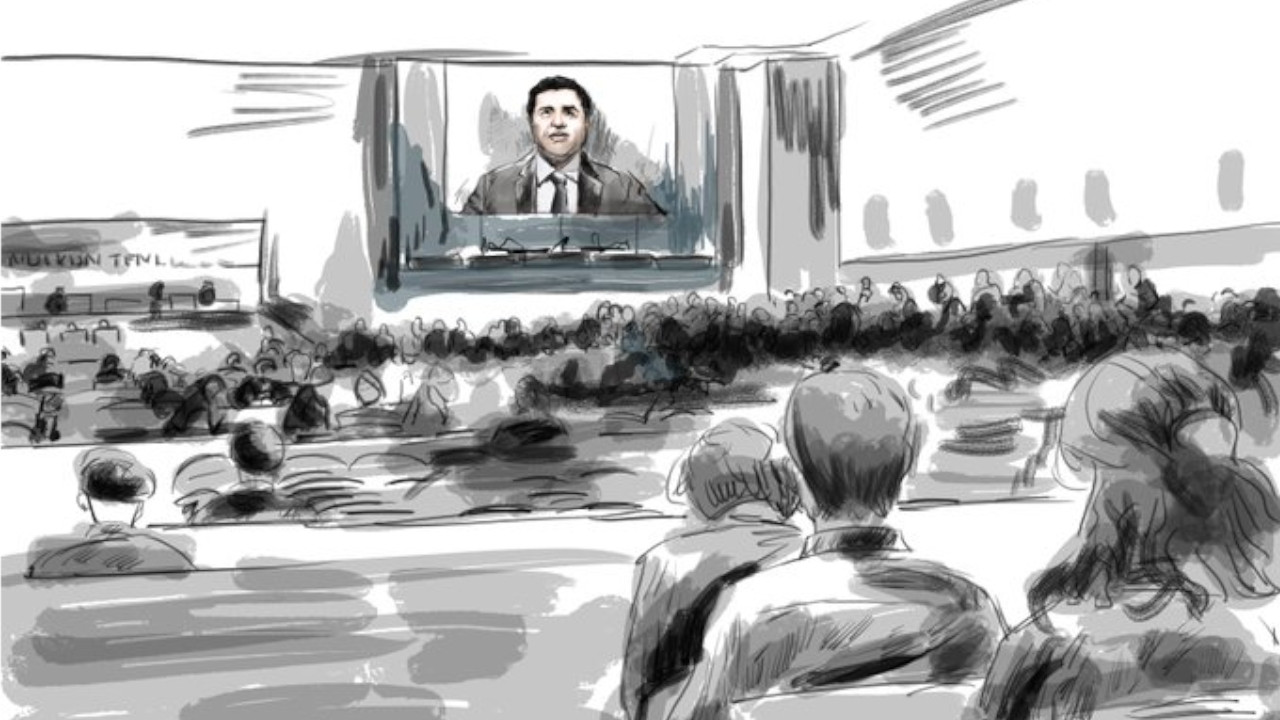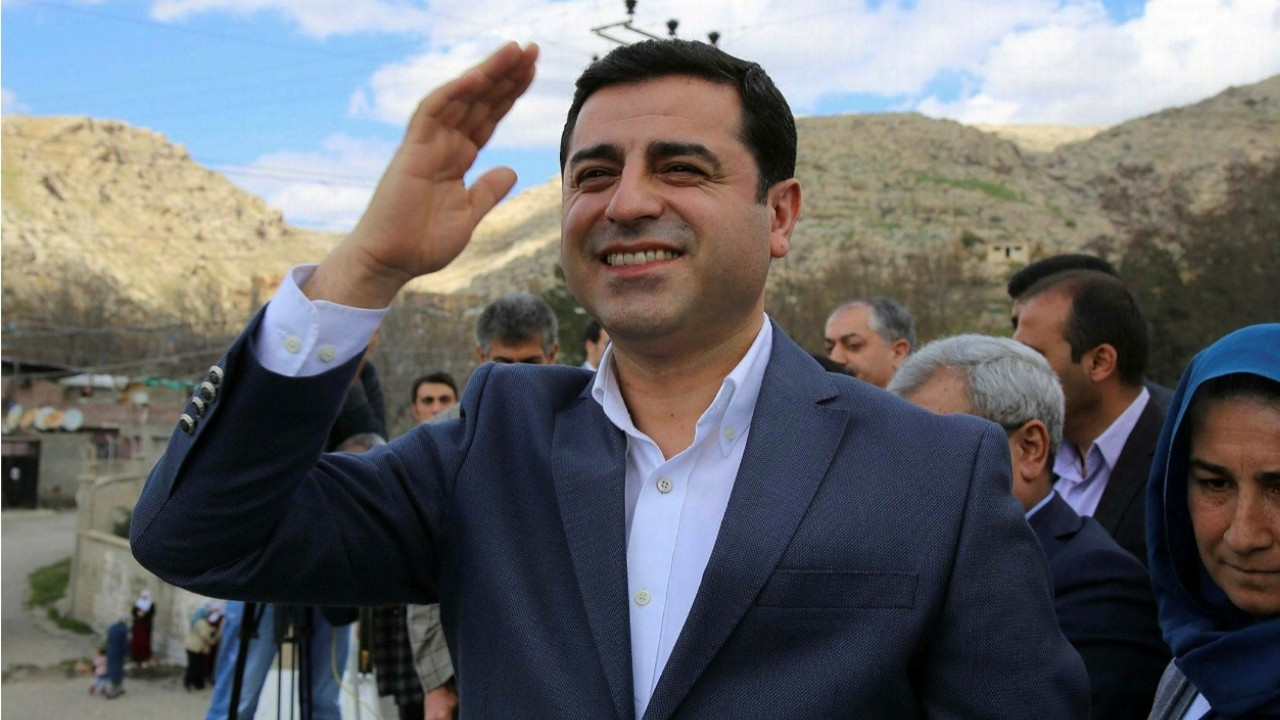The revival of the Kobane case
It is no coincidence that the Kobane case has been revived. It is being used to hold Demirtaş in prison and in the government’s case to shut down the HDP. The Kobane case is critical, because if the HDP is shut down, it will have major consequences for the next election.
The second hearing of the ‘Kobane trial’ took place in Ankara on Tuesday May 18. A total of 108 politicians, including former Peoples’ Democratic Party (HDP) co-chairs Selahattin Demirtaş and Figen Yüksekdağ as well as other top level HDP and partner Democratic Regions Party (DBP) politicians, have been charged with heavy penalties.
Yet how is it that the HDP was accused of homicide and inciting violence back in 2014?
And how are those accusations related to ISIS and the Syrian civil war?
The ruling AKP-MHP alliance claims that the HDP caused civil unrest by making statements regarding Kobane, a town at the Syrian border close to Turkey’s Suruç, Şanlıurfa. Back in September 2014, ISIS attacked Kobane, which was controlled by Kurdish forces at the time. Afterwards, a number of protests against ISIS started in Kurdish towns in the region.
During that time, there was an ongoing peace process between Turkey and the Kurdistan Worker’s Party (PKK). The HDP was in constant contact with the AKP government and there were demands to establish a corridor between Turkey and Kobane in order to protect the citizens of the town. However, the request was rejected by Turkey.
On Oct 6, HDP called for street protests. The next day, President Erdoğan said that Kobane was about to ‘fall,’ which caused an uproar among Kurds and HDP supporters.
According to the HDP, the violence escalated when Turkish armed forces fired at protesters in Turkey’s Muş province.
Clashes in several cities erupted between armed forces, radical Kurdish Islamist Free Cause Party (Hüda-Par) members, and protesters.
Two days later, when Demirtaş made a speech in order to try and bring an end to the protests, via a message from PKK leader Öcalan, it was all over. 37 people died, 27 of them were HDP protesters. However, the government was furious specifically about the killing of 16-year-old Yasin Börü, who was associated with Hüda-Par. After the peace process was terminated in 2015, President Erdoğan began mentioning his name at every possible opportunity, pointing to the HDP as the responsible party.
However, HDP’s multiple requests to investigate the Kobane protests and the deaths were denied within parliament by AKP and MHP MPs.
An investigation was filed in 2014, but it took authorities 6 years and 3 months to press charges against the HDP.
It was no coincidence that the Kobane case was revived when it was: It is a useful tool to continue holding Demirtaş in prison despite the ECHR ruling stating that he should be released. The same is the case for other imprisoned Kurdish politicians. It is also being used in the government’s case to shut down the HDP.
The 3,000-page indictment has no solid foundation. It is based on the testimony of a few ‘secret’ witness, even the autopsies of the dead are missing. The accused people are in different cities on the same date and a ISIS member’s homicide is included.
HDP Deputy Co-Chair Ümit Dede points to the prosecutor Ahmet Altun, saying, “After he was appointed in 2018, the Kobane file was revived. He asked for secret witnesses and informants. Demirtaş and Yüksekdağ as well as other HDP members were included at that point, when no new evidence was presented. They claim that the HDP headquarters’ tweet incited the protests, but 27 of the dead are from HDP. How could the HDP give orders to kill its own people?”
The Kobane case is critical, since it will pave the way for HDP’s demise. If the HDP is shut down, this will have major consequences for the next election.
But as the accused top HDP members are tried, Turkey’s attention is focused more on the mafia boss Sedat Peker videos and the failing economy.


 Court manipulated ECHR's decision in translation for Kobane trial: DemirtaşPolitics
Court manipulated ECHR's decision in translation for Kobane trial: DemirtaşPolitics Secret witness statements form basis of 2014 Kobane case file against Demirtaş: LawyersPolitics
Secret witness statements form basis of 2014 Kobane case file against Demirtaş: LawyersPolitics